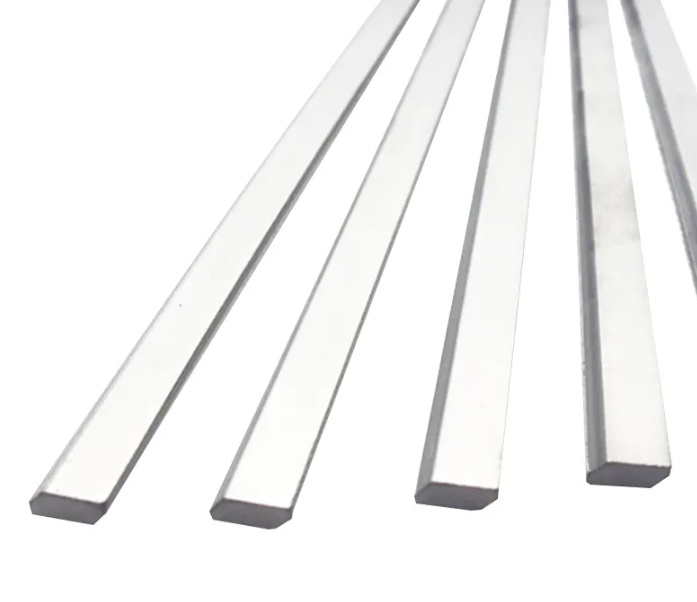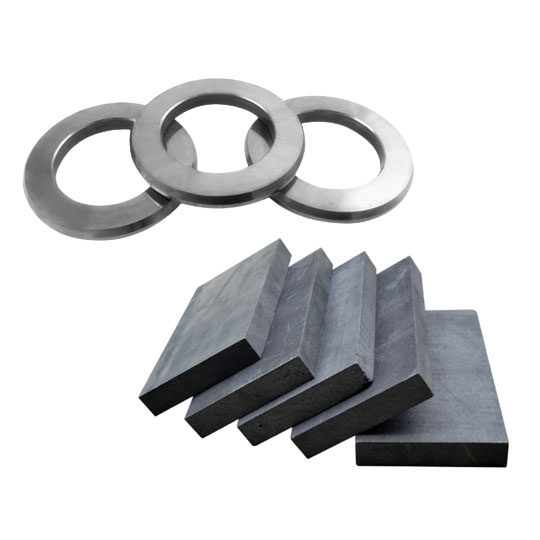はじめに近代製造業の知られざる英雄たち
超硬棒 は、数え切れないほどの産業において、工具の製造方法や使用方法に革命をもたらしている。航空宇宙から自動車、金型製造からエレクトロニクスに至るまで、これらの小さな棒はその重量をはるかに上回るパンチ力を発揮している。

の主な利点 超硬棒 ツーリング
超硬ロッドは普通の素材ではない。この小さな巨人は、主に炭化タングステン粉末に金属バインダー(通常はコバルト)を混ぜて作られています。この組み合わせにより、以下のような合金ができる。 鋼鉄よりも硬く、釘よりも強く、ジャズよりも滑らかである。.
何が超硬ロッドを特別なものにしているのか?
| 特徴 | 説明 |
|---|---|
| 硬度 | モース硬度は9で、ほとんどの切削材料よりも硬い。 |
| 耐摩耗性 | 耐摩耗性に優れ、ハイスの10倍長持ち。 |
| 耐熱性 | 高速切断温度下でも冷静さを保つ。 |
| 寸法安定性 | プレッシャーの下でも体型と許容範囲を維持する。 |
| 精密 | 微細仕上げと高精度加工が可能。 |
バターナイフでチタンや焼き入れ鋼を切ろうとするところを想像してみてください。カーバイドを使わなければ、そういうことになる。チェーンソーとポケットナイフを比べるようなものだ。
産業用ツーリングソリューション
では、この超硬ロッドは実際にどこで輝くのでしょうか?簡単に言うと、精度と耐久性が重要なところです。それを分解してみよう。
超硬ロッドを愛用する業界
| 産業 | 申し込み |
|---|---|
| 航空宇宙 | 高性能タービンブレード、ファスナー、構造部品。 |
| 自動車 | エンジンブロック、トランスミッションケース、ブレーキローター用の切削工具。 |
| エレクトロニクス | PCB用マイクロドリル、半導体用工具。 |
| メディカル | 手術器具、整形外科用インプラント、精密機器。 |
| 金型 | 金型、パンチ、精密切断および成形工具。 |
外科医に包丁の代わりにメスを与えるようなもので、超硬ロッドは要求の厳しい用途における精度と信頼性がすべてだ。

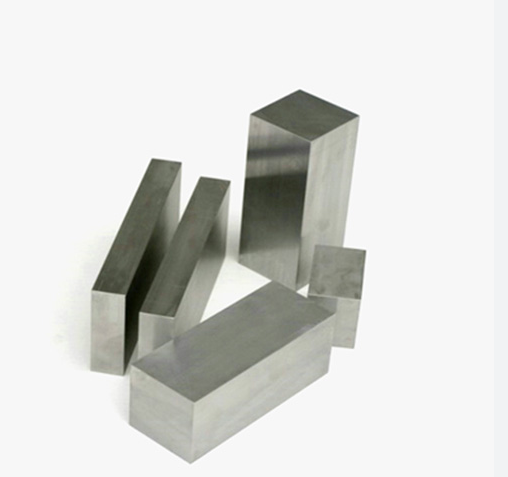
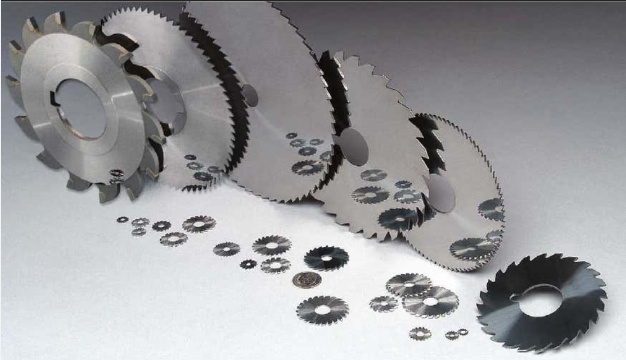
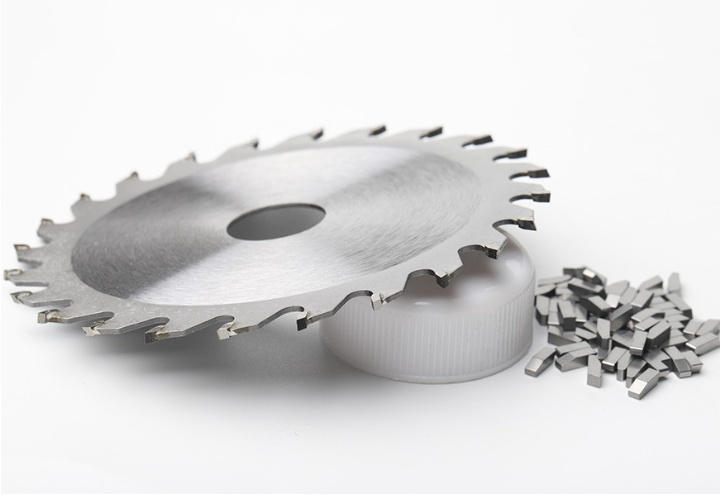
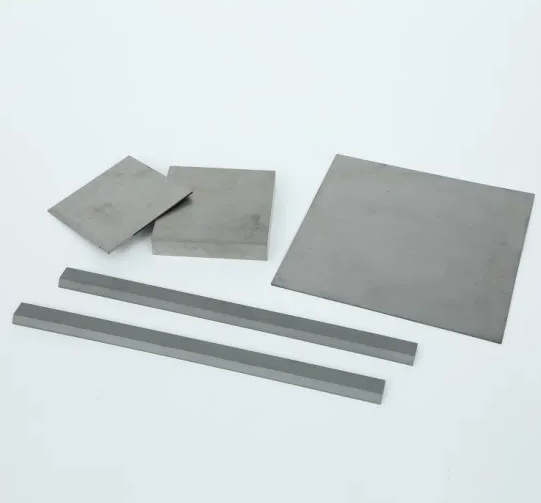
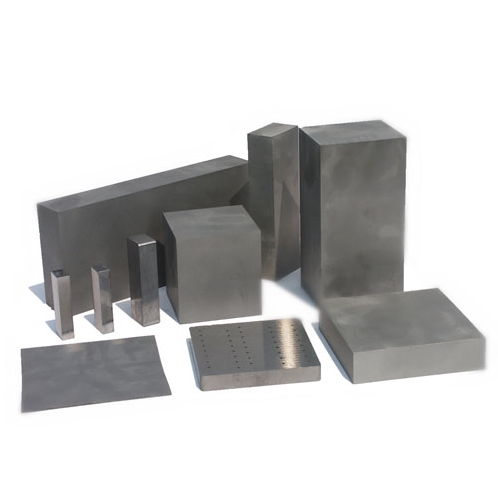
超硬ロッドが従来の工具材料に取って代わる理由
高速度鋼(HSS)が数十年にわたって王者として君臨してきたとすれば、超硬ロッドは新たな革命児だ。両者の比較を見てみよう:
超硬棒と高速度鋼の比較
| プロパティ | 超硬棒 | 高速度鋼 |
|---|---|---|
| 硬度 | 非常に高い | 中程度 |
| 工具寿命 | 最大10倍の長さ | ショーター |
| 耐熱性 | スーペリア | 限定 |
| 加工速度 | 非常に高い | 中程度 |
| コスト | 高いイニシャルコスト | イニシャルコストの低減 |
確かに、超硬ロッドは初期費用が高い。しかし、低燃費車のようなものだと考えてほしい。確かに購入費用はかかるが、長期的には節約になる。莫大です。
用途に合った超硬ロッドの選び方
適切な超硬ロッドを選ぶには、プラグアンドプレイだけではありません。車のタイヤを選ぶようなもので、コンディションに合ったグリップ、サイズ、トレッドが必要です。
考慮すべき要素
- 加工材料 - 柔らかい金属と硬化鋼の比較?
- ツールタイプ - ドリルビット、リーマー、エンドミル、パンチ?
- 労働条件 - 高速加工?ウェット加工かドライ加工か?
- 精密水準器 - ドラム缶のように厳しい公差?
- コーティングの必要性 - TiN、TiAlN、それともダイヤモンド・コーティング?
超硬ロッド粉末トップ10モデル(説明付き
これらのパウダーは業界で最も高く評価されているもので、それぞれが特定の工具のニーズに合わせたユニークな特性を持っています。
| パウダーモデル | 説明 |
|---|---|
| WC-Co 94/6 | 超硬94%とコバルト6%の標準粉末。汎用工具に最適。 |
| WC-Co 92/8 | 94/6よりも靭性に優れる。断続切削に適している。 |
| WCコ 90/10 | コバルトが多いほど靭性が高くなり、衝撃の大きい用途に最適。 |
| WC-CoCr 88/10/2 | 医療用具に最適な耐食性クロムを配合。 |
| WC-TiC-Co | 炭化チタンの添加により、耐摩耗性と熱安定性が向上。 |
| WC-ニ | ニッケル結合炭化物で、腐食に敏感な用途に使用される。 |
| WC-Co-TiN | ガラスやセラミック加工などの超硬用途に最適。 |
| WC-Co-TaC | 炭化タンタルは耐熱性と熱間硬度を高める。 |
| WC-Co-CrN | 窒化クロムは潤滑に役立ち、ドライカットで使用される。 |
| ナノWC-Co | マイクロドリルおよび微細加工工具用の超微粒子。 |
それぞれのモデルは、手術チームの専門医のようなもので、適切な状況下では、特殊で効果的で、かけがえのない存在となる。
超硬工具ソリューションの未来
では、これらはどこに向かっているのだろうか?自動化、AI、インダストリー4.0を考えてみよう。超硬工具は、よりスマートで応答性の高い未来へと足を踏み入れています。
新たなトレンド
- スマートツーリングシステム - 摩耗と温度を監視するセンサーを内蔵。
- 環境に配慮した製造 - リサイクル可能なバインダー素材を増やす。
- ナノ構造粉末 - かつてない切れ味と工具寿命を実現。
- 3Dプリント超硬部品 - 積層造形と超硬合金の革新。
私たちは、超硬工具の未来に目を向けている。 長持ちする しかし 頭を働かせる.
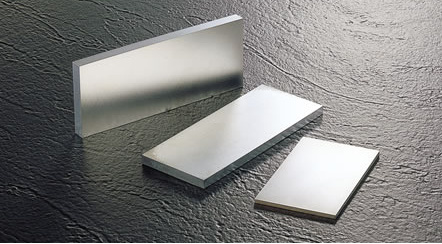
よくあるご質問
| 質問 | 回答 |
|---|---|
| 超硬棒の材質は? | 主に炭化タングステンとコバルトで、ニッケルやチタンなどの元素が加わることもある。 |
| なぜ超硬ロッドはスチールより優れているのか? | より硬く、耐摩耗性に優れ、熱にも強い。工具の「超合金」と考えてください。 |
| 超硬ロッドはどこで最も使われているのですか? | 航空宇宙、自動車、電子機器、精密医療用工具が主なユーザーである。 |
| 超硬ロッドは3Dプリンティングに使用できますか? | 特に、極めて高い耐久性が要求される先進的なアディティブ・マニュファクチャリングのセットアップではそうだ。 |
| 超硬工具の寿命は? | 同様の条件下で、高速度鋼工具の最大10倍の寿命。 |
| 超硬工具はリサイクルできますか? | はい、ほとんどの超硬材料はリサイクルして再利用できます。 |
| 最大のデメリットは? | イニシャルコストが高く、不適切な使用では脆くなる。 |
| 超硬工具にコーティングは必要ですか? | 多くの場合、TiNやTiAlNのようなコーティングが性能と寿命を向上させる。 |
| 正しい超硬棒の選び方は? | 材料、速度、工具の種類、必要な公差によって異なる。 |
| あらゆる用途に使える万能の超硬棒はありますか? | いや。靴と同じで、用途によって最適なものは異なる。 |

